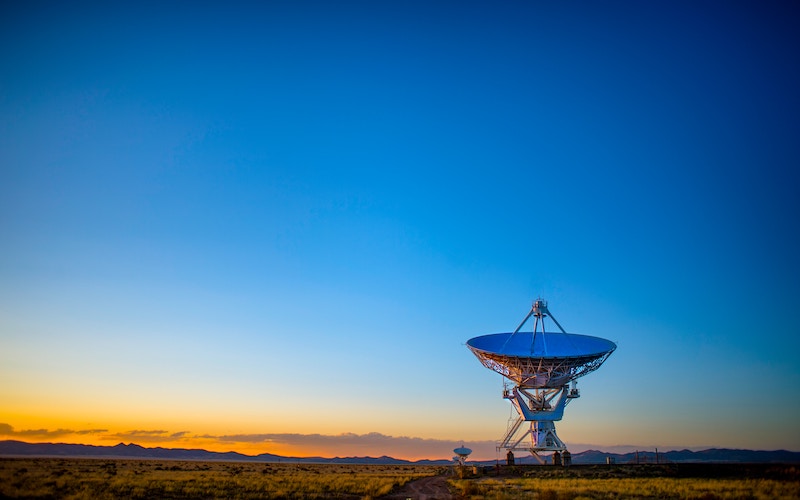Scientific Explanations
Episode #4 of the course How science works by Benjamin Keep
Welcome back.
Today, we discuss a slightly different take on how science works, one that places less emphasis on theories and universal statements and more emphasis on another fundamental product of scientific research: explanations.
Science produces explanations. Why do rock formations have the patterns they have? Well, the earth is really old. How did these giant bones get here? Well, a bunch of big lizards used to live here but died out millions of years ago. Why did they die out? Well, the leading theory pins their extinction on an asteroid, but there are alternative explanations out there.
Popper’s falsificationism (and many previous attempts to describe science) considers science as a kind of logical process. Come up with a theory, then subject it to a series of “crucial” experiments that could definitively falsify the theory. If the theory is not falsified, we have confidence in it. Science is “special” because it takes this approach and pseudoscience does not.
Often, however, scientists do not test theories one at a time. Another view of scientific reasoning—inference to the best explanation—focuses on explanations instead of bare statements or theories.
Explanations and Contrasts
Consider the following example, drawn from philosopher Peter Lipton’s description of real events:
A physician noticed that more women died on the first floor of a maternity ward than on the second floor. He thought of a couple possible explanations for this “childbed fever”: overcrowding and an improper diet. But these explanations were rejected because both floors had the same level of crowding and the same kind of diet. One difference between the floors merited consideration: Medical students delivered the babies on the first floor, while midwives delivered them on the second. But he couldn’t think of a reason that would matter—the process was nearly identical. Women usually delivered their babies lying on their back on the first floor and on their side on the second, but when he asked the caretakers to switch procedures, the difference in mortality rates remained.
A colleague of the physician pricked his finger while performing an autopsy and died from symptoms very similar to childbed fever. This triggered the realization that medical students were performing autopsies before delivering babies. After eliminating that practice, mortality rates on the first floor dropped to those of the second, and the physician accepted the performance of autopsies before delivery as the best explanation for the difference in mortality rates.
Note how the value of the explanation didn’t come from explaining why women die from childbirth, period; rather, it explained the difference between the mortality rates of the different floors. In fact, the “best” explanation only partially explained mortality rates (overcrowding, diet, and many other factors still might contribute). It also had the added benefit of explaining the colleague’s death (contamination from the autopsy).
From this perspective, scientific reasoning is not especially different than everyday reasoning. If I lost my keys, I have to consider the possible explanations for where they could be: They might have fallen out of my pocket. I may have put them in an unusual place. They might have been stolen from me. My next task would be to gather evidence that could help distinguish between these potential explanations. Nothing about this process, of course, guarantees that I haven’t overlooked some true explanation (a capuchin monkey dropped them down the sewer, for example). But we do seem to be eliminating “bad” explanations and pursuing “good” ones.
Good, Better, Best
What makes an explanation a satisfying one?
Sadly, my pet fish dies. You tell me, “That’s because he ran out of life force.” Should I be satisfied with that? Setting aside, for the moment, that research suggests humans often are content with these kinds of “non-explanatory” explanations, there are good reasons to be unsatisfied. For one, this doesn’t seem to really be explaining anything. If “life force” is something that all living creatures have, all dead creatures lack, and all creatures lose when they die, then the explanation seems to just restate the fact that my pet fish is dead.
Good explanations do something more, although exactly what they do is hard to pin down. Good explanations—at least, good causal explanations—help us make predictions. Suppose my fish died because I didn’t feed him. This implies that if I had fed him, he wouldn’t have died. Of course, what if I hadn’t cleaned his tank and I hadn’t fed him, and either could have caused his passing? Are they both equally good explanations? Is neither an explanation for his death?
Good explanations do, however, depend upon context. Consider this question: “Why do leaves turn yellow in November?” Quite a simple question. But do we mean, “Why do they turn yellow (instead of pink)?” or, “Why do they turn color in November (rather than April)?” Are we looking for biochemical explanations (the relative proportions of chlorophyll, which makes leaves green, and carotenoids, which makes leaves yellow or brown), ecological explanations (with diminished sunlight, trees don’t need leaves to produce food in the winter), or evolutionary explanations (species that could preserve their energy during the winter successfully bred and species that could not, did not)? What we consider “good” depends upon our prior knowledge and our expectations about what part of the question the explanation will explain.
Next time: from explanations to models.
Question to ponder
Suppose I roll a six-sided die and get a 2. Is the statement, “One-sixth of the time, a 2 will come up,” a good explanation?
Recommended book
Inference to the Best Explanation by Peter Lipton
Share with friends

